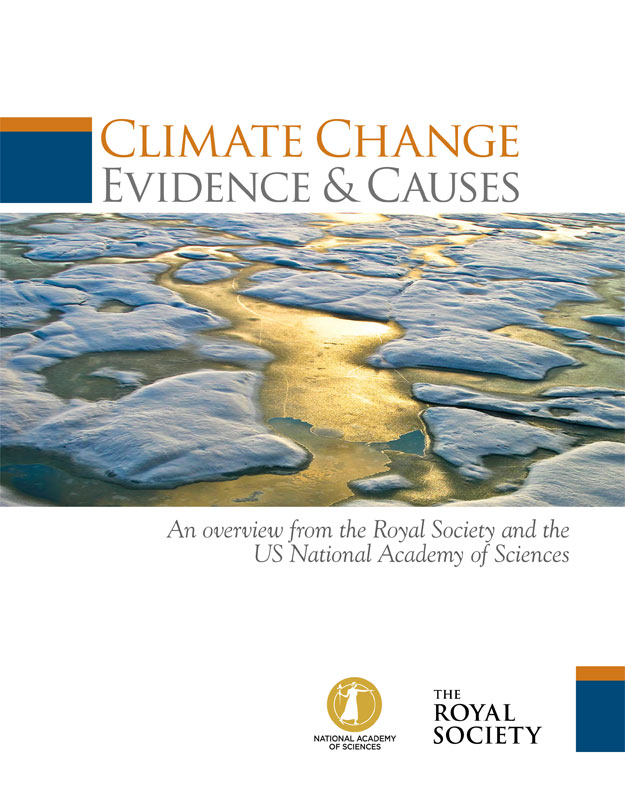
Climate change—you know it’s a thing. Politicians are bickering about it, you keep seeing companies tout their reduced carbon footprints, and if you’re in a state like Indiana, you see windmills popping up and feel vaguely good about it. Despite the seeming prevalence of the climate conversation, though, you find yourself foggy on the actual details of climate change. What’s actually happening? How bad is the problem? Have we already passed the point of no return? You can’t ask anyone you know for fear of sounding completely out of touch. It would be like asking someone to explain an iPhone.
I found myself in a similar situation recently. My latest project is sustainability-focused, and I realized that while I was familiar with the general principles of climate change and the need to reduce carbon emissions, I was uninformed about the actual mechanics and specific impacts. The catalyst that made me realize I needed to do some research was hearing people more and more frequently blame climate change for extreme weather events. I didn’t think it was quite as simple as climate change directly causing a storm or flood, so I went digging.
Naturally, I had the same FOLS (fear of looking stupid) I described above, so I started by looking for books on the topic. I didn’t find any containing the basic ground-level information I was looking for, but thankfully I found exactly what I needed from the U.S. National Academy of Sciences, a body that has existed since 1863 to advise the U.S. government on scientific and technical issues.
Partnering with The Royal Society (the national academy of science in the U.K.), the NAS produced a climate change primer in 2014 that answers 20 of the most common questions about global warming, climate research and what Earth’s climate will look like in the future.
I found this resource to be incredibly helpful and authoritative. The Royal Society has a shorter version that condenses the questions and answers to just a sentence or two, which could be good for those of you who want to familiarize yourself with the scientific consensus without delving into the reasoning and process behind it.
Some enlightening sections of the NAS resource include:
- The relationship between climate change and extreme weather
- How scientists determined that human activities are the primary cause of climate change
- Projections for the extent of climate change if we dramatically reduce emissions vs. continuing at the current rate
Disappointingly, this week I found out that Indiana is suing the EPA over its new climate rules. The most interesting yet disheartening fact from the article is that Indiana produces so many carbon emissions that even if we followed the new EPA rule—which the state is trying to avoid doing—we’d still emit more carbon than most states. This is the kind of news that makes the Parks & Recreation interpretation of Indiana feel completely astute at times. By contrast, though, a group off 22 Indiana-based climate scientists recently wrote an open letter to the governor in NUVO calling for the inclusion of sound science in the state’s climate mitigation and adaptation plan.
After gaining a more complete understanding of climate change, I’m more convinced than ever that we have a responsibility to live in a way that considers the impacts our decisions may have on our global neighbors. Many of the nations expected to feel the most significant impacts of climate change have contributed very little to the problem. Knowing that my state is one of the highest-emitting regions in one of the highest-emitting countries in the world reinforces my commitment to acknowledging our interconnectedness and trying to make more responsible lifestyle choices.

